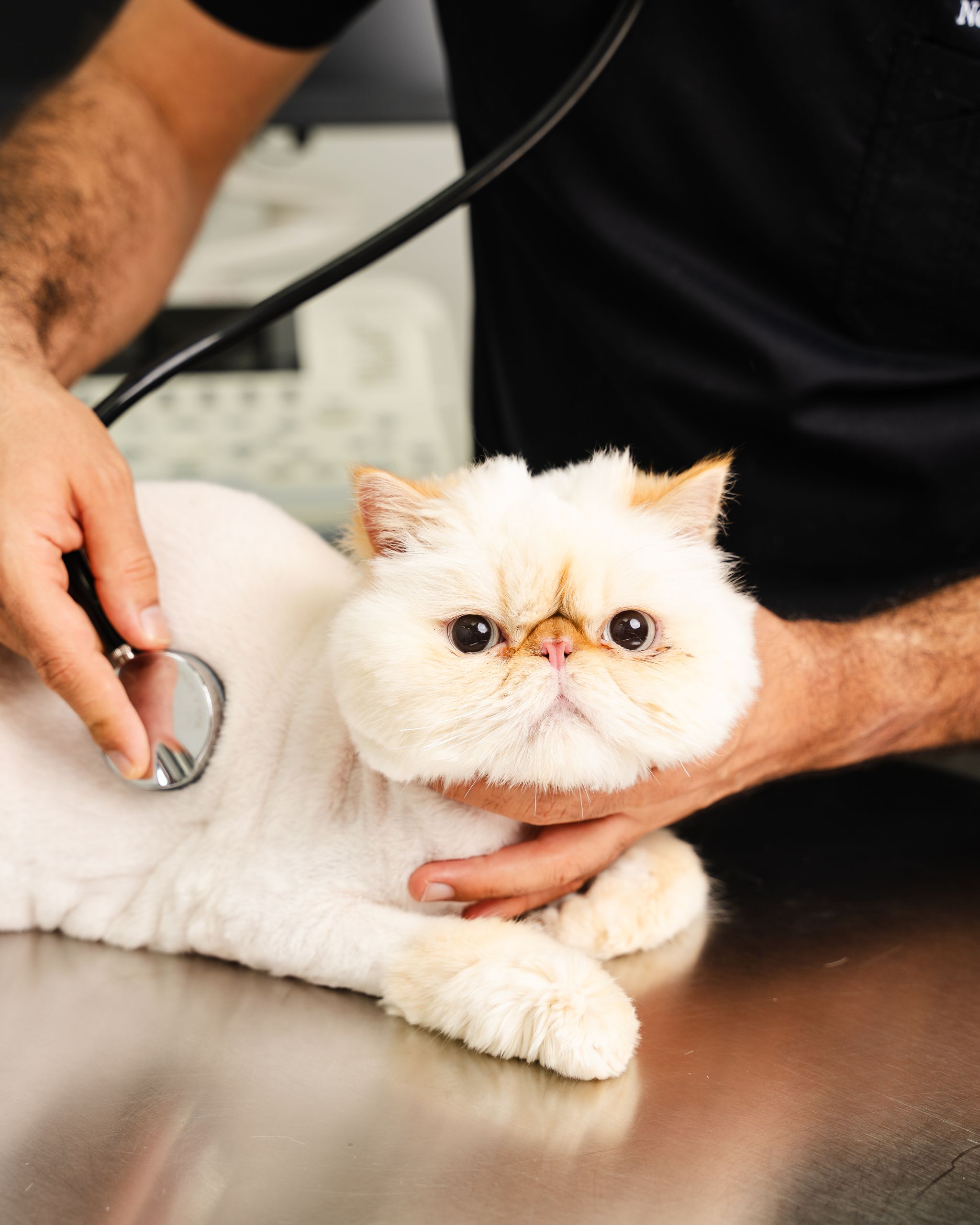



Cat whiskers seem to be an accessory thing that our best friends just have. However, these adorable features are incredibly powerful tools that cats use to understand the world and interact with it.
In this blog, we’ll talk about everything you need to know about cats and whiskers, as well as why they’re so important.
What Are Cat Whiskers?
Whiskers, also known as vibrissae, are long and thick hairs that are deeply rooted in a cat’s skin. These are connected to a rich supply of nerves and blood vessels, which is what makes them highly sensitive and allows cats to detect even the slightest of changes in their environment.
Try to see it as a powerful sense that helps cats see and interact with their surroundings. Cat whiskers are vastly different from just regular fur, as they are like tiny sensors.
They pick up vibrations in the air and send the information they get to the brain. This will help cats sense movement, distances, and even the size of objects near them.
Along with a cat’s vision in the dark, this is why they can confidently move around in dim light. But cat whiskers aren’t just found on the cheeks, as most of us know. They’re also located above the eyes, on their chin, near the ears, and even on the backs of the front legs.
In short, whiskers are a silent but highly important part of a cat’s anatomy.
Why Do Cats Have Whiskers?

Now that we know what cat whiskers are, let’s talk about how important they are.
Balance and Movement
Cats use their whiskers for balance and movement. Each whisker has proprioceptors, specialized nerve endings that detect the surroundings and send signals to the brain.
A prime example of how whiskers get information and help coordinate with their bodies is when they walk on fences.
Navigation and Spatial Awareness
Whiskers act like finely tuned sensors that help cats detect changes in air currents. This can help them assess their surroundings without having to touch them. It’s the reason why cats can judge if they can fit through a gap or slip past furniture in the dark.
It works just like a measuring tape. Let’s take a sofa, for example. A cat will know that it can fit under it as the whiskers sense the edges. Basically, the whiskers are like the width of the cat.
Danger Detection
Cat whiskers can also be used for detecting subtle movements around them. This works as a form of danger detection, allowing them to identify potential threats before they get closer.
Communication and Emotions
Whiskers also do more than just help cats move and navigate. They’re also useful in reflecting a cat’s feelings and intentions. Like their own body language, cat whiskers will also have changes depending on feelings.
For example, a relaxed and content cat will have whiskers that are also relaxed, seen as resting on the side of the face. When cats get curious or focused, their whiskers will be pointed forward, much like how antennas need to be pointed up to get the clearest signals.
When the whiskers are pulled back, the cat is feeling anxious, stressed, or frightened.
Protection for the Eyes and Face
The whiskers above a cat’s eyes trigger an automatic blink when touched, protecting the eyes from dust or debris. Chin and cheek whiskers help sense objects, which enables cats to avoid bumps and scratches. This protective role is helpful when cats navigate through tight and small spaces.
Do Hairless Cats Have Whiskers?
Yes, even hairless cats like the Sphynx cat have whiskers. While some may have full sets of cat whiskers, others will have short and curly ones. This variation is tied to genetics, specifically the KRT71 gene.
Can You Trim Cat Whiskers?
No, you should never trim cat whiskers. Whiskers are not like regular fur, as they’re important sensory tools that are deeply connected to a cat’s nervous system. Cutting or trimming them will lead to confusion, stress, and disorientation, especially since they are used all the time.
Even if whiskers do grow back over time, trimming them doesn’t benefit cats in any way.
How to Take Care of Cat Whiskers?

Now that we know how important a cat’s whiskers are, let’s talk about how we can take care of them. Here are a few tips:
Use Shallow and Wide Bowls
Deep bowls can press on the whiskers and cause whisker fatigue. It’s when the whiskers get too much stimulation that cats get stressed. This can also make cats lethargic. Switching to whisker-friendly bowls helps reduce stress at mealtimes.
Never Pull or Trim Whiskers
Because whiskers are used for sensing their surroundings, they’re highly sensitive. This means you should avoid touching or trimming them at all. Always leave whiskers intact, and if you’re holding their face, do it slowly.
Provide a Safe Home
One tip you can do is to provide space for your cat to roam and still be safe. This means removing sharp objects and anything that could harm them. Too much clutter can injure the face and overstimulate the whiskers.
“A cat’s whiskers are like a compass guiding them on every jump, leap, and curious glance.”
- Dr. Nenad Misura
Final Thoughts
A cat's whiskers are incredibly useful tools that our cats rely on. These are special gadgets they use for movement, balance, navigation, and showcasing their feelings. Now that you know what they’re for, let’s focus on taking care of their adorable whiskers.
Share










